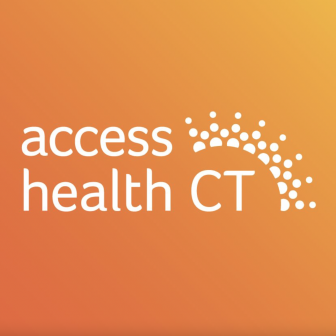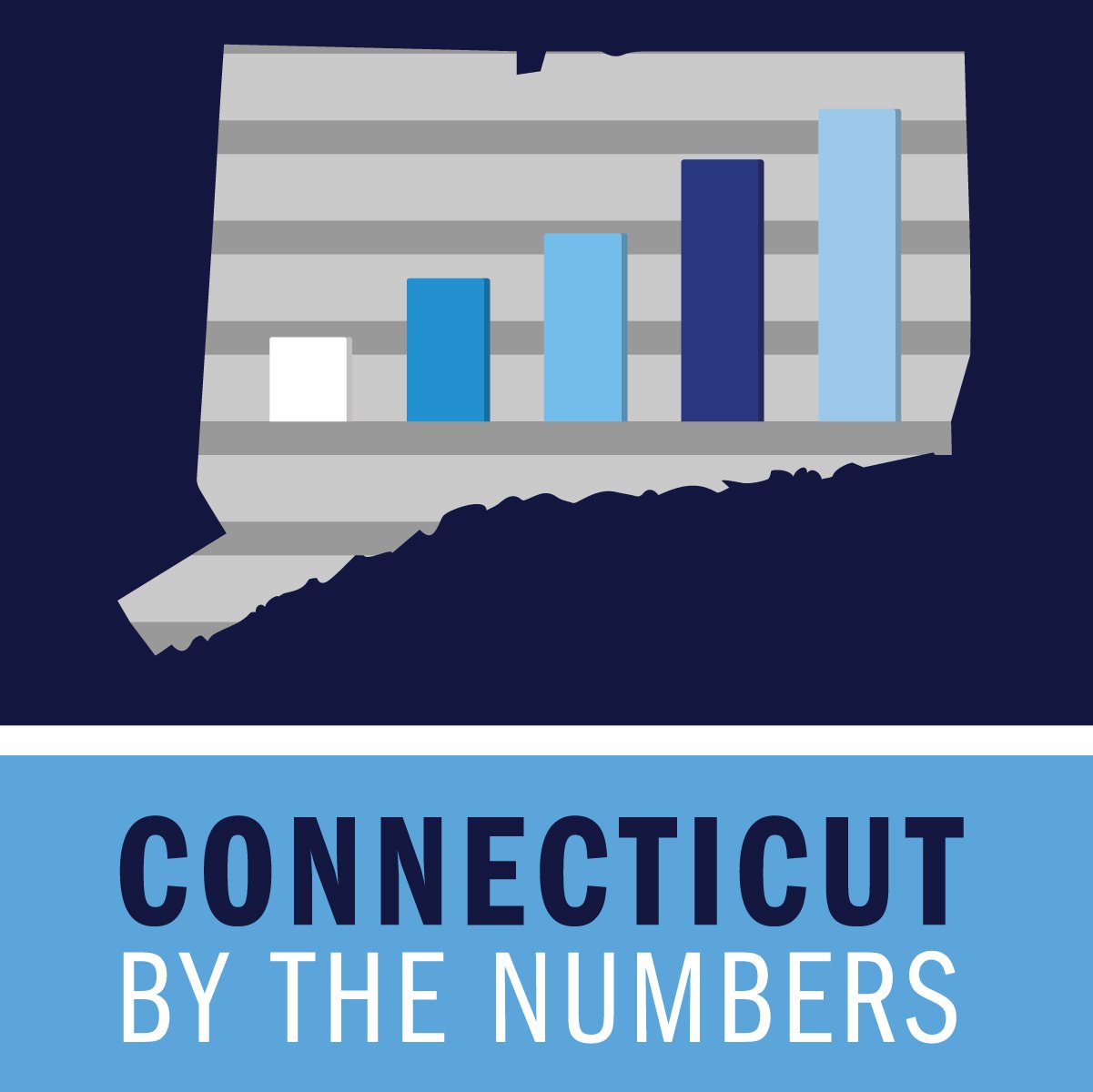The Green Book Has Hartford Debut - Documentary Tells Real Story of Guide to Freedom Through Segregated America
/Little known by most people - regardless of race - until recently, the Green Book has recently exploded into the public consciousness.
Described as "the essential travel guide for a segregated America," within just the past two days a popular movie by that name won the Academy Award for best picture, and a documentary relating the story of real people and places that inspired the popular motion picture debuted on the Smithsonian Channel.
The documentary, "The Green Book: Guide to Freedom," was shown at a special preview at the Wadsworth Atheneum in Hartford, in a showing coordinated by the Amistad Center for Art and Culture, Comcast, and the Smithsonian Channel. It marked the third year that Comcast has joined with the Amistad Center and Smithsonian Channel to bring a special presentation to Hartford during Black History month.
Nearly 100 people were on hand for the local premiere of the documentary, which was followed by a panel discussion including Kelli Herod, Vice President of Post Production at Smithsonian Channel, and Stacey Close, Associate Vice President for Equity and Diversity at Eastern Connecticut State University, moderated by Kara Sundlun of WFSB. Amistad Center Executive Director & Curator at Large Wm. Frank Mitchell, Brad Palazzo, Comcast Director of Community Impact and Hartford Mayor Luke Bronin also spoke briefly, with Bronin saluting the "resiliance, ingenuity and determination" of those who traveled through dangerous times.
 The documentary was produced by award-winning filmmaker Yoruba Richen. It premieres this week on Smithsonian Channel, telling the story of the Green Book, launched in the 1930's by Victor Green, a black postal carrier from Harlem who created a volume that was "part travel guide and part survival guide." It helped African-Americans navigate safe passage across a dangerously segregated nation, identifying towns, hotels, restaurants and businesses that would be hospitable to African-Americans, sometimes few and far between.
The documentary was produced by award-winning filmmaker Yoruba Richen. It premieres this week on Smithsonian Channel, telling the story of the Green Book, launched in the 1930's by Victor Green, a black postal carrier from Harlem who created a volume that was "part travel guide and part survival guide." It helped African-Americans navigate safe passage across a dangerously segregated nation, identifying towns, hotels, restaurants and businesses that would be hospitable to African-Americans, sometimes few and far between.
The challenges were not only in the South. In fact, a page in the 1948 Green Book, lists locations in Connecticut - and the list does not fill the page. The locations were in Bridgeport, Hartford, New Haven, New London, Stamford, Waterbury and West Haven. Included are restaurants, hotels, tourist homes, beauty parlors, barber shops, and night clubs. The 1967 edition also includes five Hartford locations, including one - the former Bond Hotel - that is still standing to this day.
"We are proud to tell the true story behind this remarkable guide and to shine new light on this disturbing yet important period in Amerian history," said David Royle, Smithsonian Channel's Chief Programming officer.
The documentary tells the story of the rise of the African American middle class in Detroit, and the iconic A.G. Gaston Motel in Birmingham, Alabama - a pivotal location in the civil rights movement. It also recalls that during its 1950s heyday, the Idlewild Resort in Michigan was a magnet for black culture and entertainment, with a booming nightlife featuring famous performers like Louis Armstrong, Sarah Vaughan and Dinah Washington. In the Q&A in Hartford following the advance showing, one audience member recalled her family owning property at the Idlewild - a local connection that the panel did not expect, but was clearly pleased to learn.
"At Comcast NBC Universal diversity and inclusion is a fundamental part of our company culture and are crucial components to all of our efforts to create and deliver the best and boldest technology and entertainment for our customers," noted Palazzo. "The Green Book: Guide to Freedom screening is another way for us to bring diverse entertainment and story-telling locally to Hartford-area residents." Comcast, with Connecticut offices in Berlin, has partnered with the Amistad on a number of initiatives over the years and "are proud to play a small role in helping them to tell their cultural story."
The Amistad Center for Art & Culture, located in the Wadsworth Atheneum, celebrates art and culture influenced by people of African descent through education, scholarship and social experiences.
Victor Green looked forward to the day people wouldn't need the Green Book. In the 1949 edition he wrote,
There will be a day sometime in the near future when this guide will not have to be published. That is when we as a race will have equal opportunities and privileges in the United States. It will be a great day for us to suspend this publication for then we can go wherever we please, and without embarrassment. But until that time comes we shall continue to publish this information for your convenience each year.
The year the Civil Rights Act passed, in 1964, was the Green Book’s last. As the panelists in Hartford noted, more than 50 years later, the struggle for equality continues.



 Both public and private nonprofit institutions in New England saw a 61 percent rise in the number of foreign students over a five-year period from AY 2012-13 to AY 2017-18, which is comparable to the national growth in the international student population over the same period.
Both public and private nonprofit institutions in New England saw a 61 percent rise in the number of foreign students over a five-year period from AY 2012-13 to AY 2017-18, which is comparable to the national growth in the international student population over the same period.
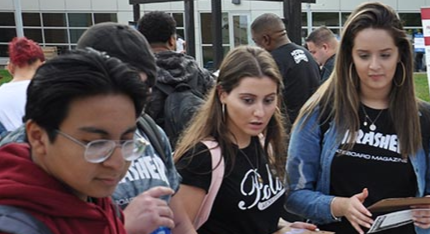
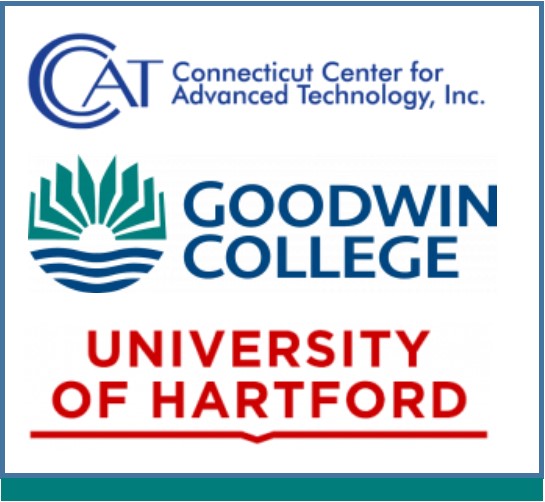
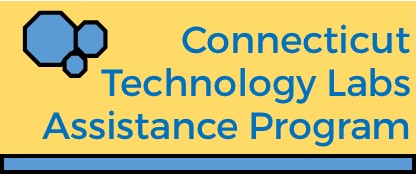 CCAT and the University of Hartford have a long history of working together developing programs, obtaining grant funding, sharing equipment and facilities, and ensuring that students have interesting research projects as well as hands-on learning opportunities through internships and experiential education. This is the latest program collaboration.
CCAT and the University of Hartford have a long history of working together developing programs, obtaining grant funding, sharing equipment and facilities, and ensuring that students have interesting research projects as well as hands-on learning opportunities through internships and experiential education. This is the latest program collaboration.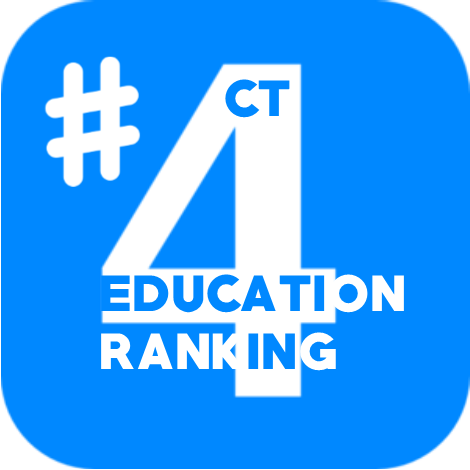
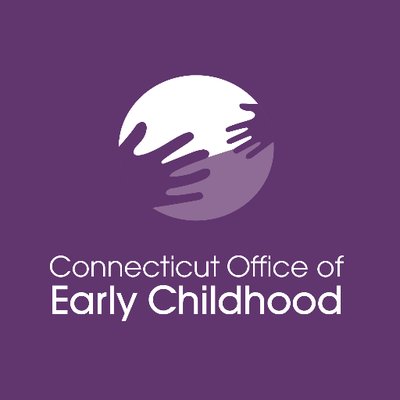
 Bye will begin serving as the Commissioner-designate later this month. Her nomination will be sent to the General Assembly for confirmation. Earlier in her career, Bye was director of the University of Saint Joseph School for Young Children and Trinity College Community Child Center preschools, and was early childhood director at the Capitol Region Education Council (CREC), where she supervised the birth to three program for CREC, and also helped to open two early childhood magnet schools. She was later elected to the Board of Education in West Hartford, then to the State House and State Senate. Reelected last fall, she did not take the oath of office last week in order to accept Lamont’s
Bye will begin serving as the Commissioner-designate later this month. Her nomination will be sent to the General Assembly for confirmation. Earlier in her career, Bye was director of the University of Saint Joseph School for Young Children and Trinity College Community Child Center preschools, and was early childhood director at the Capitol Region Education Council (CREC), where she supervised the birth to three program for CREC, and also helped to open two early childhood magnet schools. She was later elected to the Board of Education in West Hartford, then to the State House and State Senate. Reelected last fall, she did not take the oath of office last week in order to accept Lamont’s  Unlike a previous iteration of this federal grant program – which focused on expanding preschool for four year-olds – the new grant focuses on child success from to zero to five, with an emphasis on infants and toddlers. Further, officials said, it calls on states to look beyond the classroom to broader measures of child and family success, including mental and physical health, family stability, and parental employment. Because such considerations involve multiple agencies, it calls on states to advance a cross-system data and performance infrastructure, asking them to cost-effectively implement new solutions with an emphasis on measurable outcomes.
Unlike a previous iteration of this federal grant program – which focused on expanding preschool for four year-olds – the new grant focuses on child success from to zero to five, with an emphasis on infants and toddlers. Further, officials said, it calls on states to look beyond the classroom to broader measures of child and family success, including mental and physical health, family stability, and parental employment. Because such considerations involve multiple agencies, it calls on states to advance a cross-system data and performance infrastructure, asking them to cost-effectively implement new solutions with an emphasis on measurable outcomes. DEI is a national, transparent, annual benchmarking tool that offers businesses an opportunity to receive an objective score, on a scale of zero (0) to 100, on their disability inclusion policies and practices. The
DEI is a national, transparent, annual benchmarking tool that offers businesses an opportunity to receive an objective score, on a scale of zero (0) to 100, on their disability inclusion policies and practices. The 

 NACE is the leading source of information nationwide on the employment of the college educated, and forecasts hiring and trends in the job market; tracks starting salaries, recruiting and hiring practices, and student attitudes and outcomes; and identifies best practices and benchmarks.
NACE is the leading source of information nationwide on the employment of the college educated, and forecasts hiring and trends in the job market; tracks starting salaries, recruiting and hiring practices, and student attitudes and outcomes; and identifies best practices and benchmarks.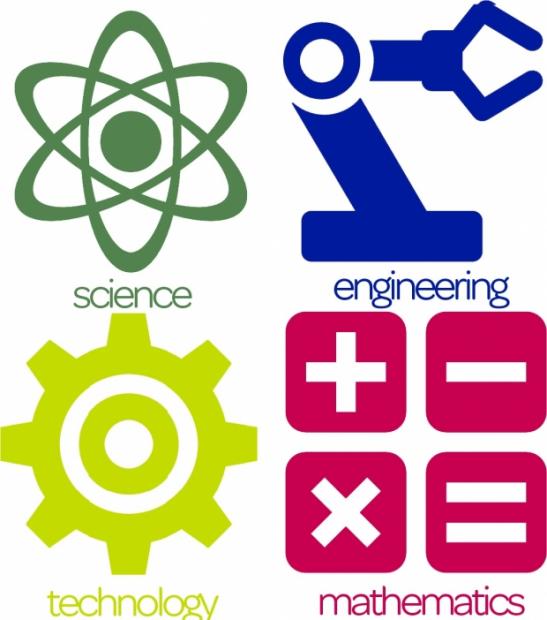
 In addition, “the unemployment rate in [metro] Hartford for adults with at least a bachelor's degree is the lowest in all the metropolitan areas analyzed, whereas last year, it was in the middle of the pack.”
In addition, “the unemployment rate in [metro] Hartford for adults with at least a bachelor's degree is the lowest in all the metropolitan areas analyzed, whereas last year, it was in the middle of the pack.”


